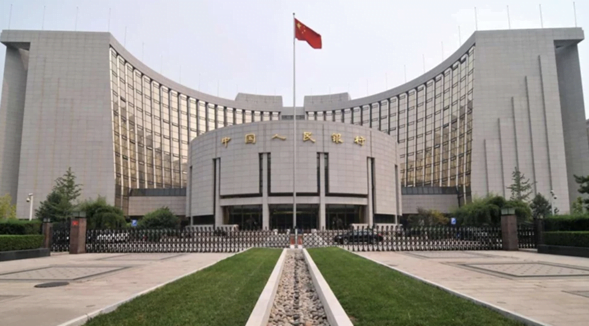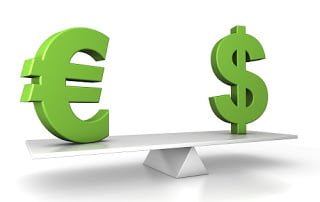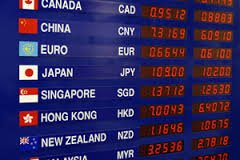The national currency implies the money issued by a state central bank or any other state monetary institution. The Chinese currency is becoming popular and a more powerful international currency day by day. The most debatable issue in the international economy is due to the policy of artificial undervaluation of Chinese money against the United States dollar, to the extent that China has been gaining an advantage in export prices until 2015. During that period, the Chinese currency received an appreciation of its growing position in the world by the International Monetary Fund.
Before 2010, since it was under strict government control, the Chinese renminbi was never considered an international currency. But now the Standard Chartered Bank forecasts that 28% of international trade from China will be made in RMB in 2020.





